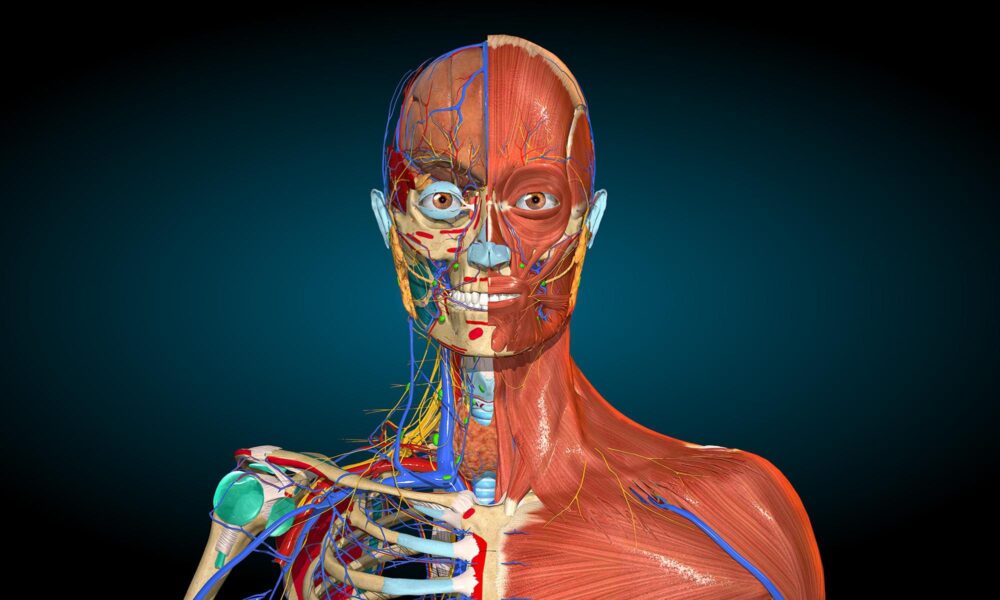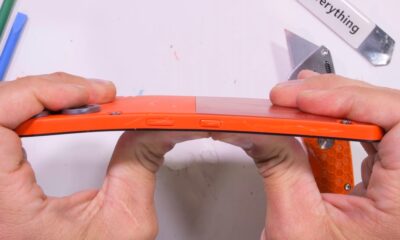Motivation
What Are The Best Tips For Taking An Anatomy Test?

When it comes to preparing for an anatomy exam, there are several tips that can help you study more effectively. Reviewing class notes, going through your anatomy textbook, and exploring different methods for quiz preparation are all valuable strategies for success. Implementing these tips can not only improve your understanding of the subject but also enhance your test-taking skills and readiness.
One of the most important tips for acing an anatomy exam is to take thorough and organized class notes. This will help you familiarize yourself with anatomical terminology and get ready for both scheduled tests and surprise quizzes. Your notes should cover all the material discussed in lectures and lab sessions. Using a highlighter to mark key points or instructions from your professor can also make it easier to find specific details when studying for a test.
Additionally, reviewing relevant chapters in your anatomy textbook can provide valuable insights for the exam. Contrasting the information in the textbook with your class notes can help you capture any additional details that may have been missed during lectures or labs. Just like with your notes, using a highlighter to emphasize important passages or terms can assist you in quickly locating information, especially during open-book exams.
Memorizing anatomical structures and terminology is crucial for success in an anatomy test. Creating flashcards with important terms or concepts can aid in memorization. You can easily make flashcards by writing questions on one side and answers on the other on note cards.
Dissections are a common part of anatomy courses and can help you visualize anatomical structures. Paying attention during dissections in lab sessions can greatly benefit you in tests involving the identification and labeling of veins, arteries, bones, and muscles.
During the exam, there are various strategies you can use to improve your performance. Start by answering the questions you know first. If time permits, you can then go back and tackle the remaining questions.
If possible, employ a process of elimination and choose the best remaining answer. This method is particularly useful for sections where you need to match a list of answers to specific details on a diagram. For instance, when labeling the bones of the human body, combining the ones you know can increase your chances of correctly matching the remaining choices to the correct bones or anatomical features.
-

 Destination8 months ago
Destination8 months agoSingapore Airlines CEO set to join board of Air India, BA News, BA
-

 Breaking News10 months ago
Breaking News10 months agoCroatia to reintroduce compulsory military draft as regional tensions soar
-

 Gadgets3 months ago
Gadgets3 months agoSupernatural Season 16 Revival News, Cast, Plot and Release Date
-

 Tech News12 months ago
Tech News12 months agoBangladeshi police agents accused of selling citizens’ personal information on Telegram
-

 Productivity11 months ago
Productivity11 months agoHow Your Contact Center Can Become A Customer Engagement Center
-

 Gadgets3 weeks ago
Gadgets3 weeks agoFallout Season 2 Potential Release Date, Cast, Plot and News
-

 Breaking News10 months ago
Breaking News10 months agoBangladesh crisis: Refaat Ahmed sworn in as Bangladesh’s new chief justice
-

 Toys12 months ago
Toys12 months ago15 of the Best Trike & Tricycles Mums Recommend






















